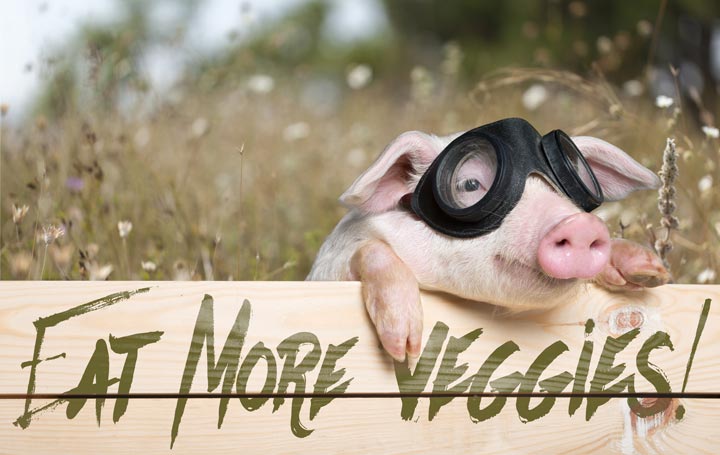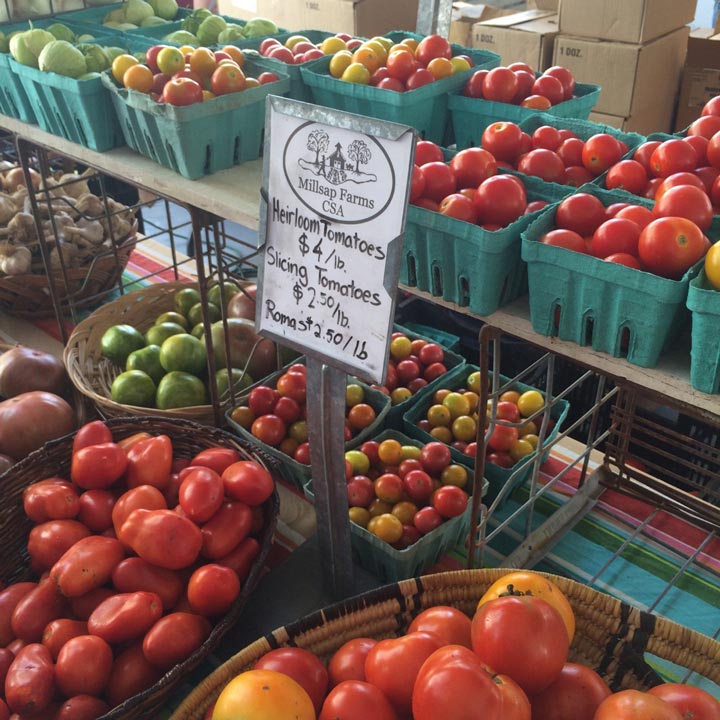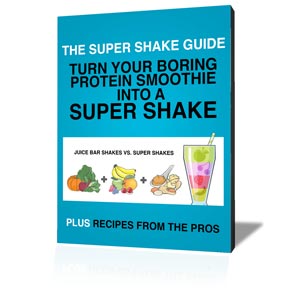What kind of green vegetables can I eat for snacks?
What about V-8? Does that count as a vegetable?
I buy vegetables but then I forget I have them and they end up going to waste.
But I DON”T LIKE VEGETABLES?!?!?
Any of the above sound familiar?
How many times have you struggled with the problem of how to eat more vegetables? If you’re revamping your daily diet to lose fat and have more energy, vegetables are a must. It’s also one of the most challenging parts of balancing the plate. Fruit is EASY. Plus it tastes pretty good. Vegetables feel like more of a chore. Plus we all have a little baggage from being forced into the “Clean Plate Club” by finishing overcooked carrots or steamed (yuck) Brussels sprouts.
After getting a more than normal number of vegetable questions recently I thought it would be a good time to revisit the subject with a couple of past blog posts.
Let me start with a guest post from my friend and former client, Linden. She trained with me, and blogged about it, in 2011. She admitted in one of her posts that she knew she should be eating her veggies but wasn’t doing a great job of executing. I loved the post because it came from someone just getting started. My perspective on the subject is a little different after many years on this journey. Sometimes I do forget how challenging it can be to figure out the basics. She came up with a four step plan to get more vegetables.
Linden’s 4 Steps To Eating More Vegetables
Plan, plan, plan. You can’t eat veggies if you don’t have them in your house. Figure out what you like and keep it on hand. I love salad, broccoli, carrots, and bell peppers, so I make sure our fridge is stocked. I’m trying some new veggies, like sweet potatoes, so I’m buying those too.
Plan some more. During breakfast, I think about the day ahead and figure out when I am going to eat my veggies. Will I have salad with lunch and dinner? Will I choose carrots as an afternoon snack? Will I steam some broccoli or green beans as a dinner side dish? I figure it out early, and then stick to that plan.
Prepare in advance. I eat an omelet nearly every morning for breakfast, and I get one serving of veggies from the 1 cup of bell peppers that I toss in. On grocery day, once all the groceries are put up, I start “processing” the food. Bell peppers get chopped, along with onions and celery. Almonds get portioned into baggies for an easy grab-and-go snack. Why? Because if you make it easy, you’ll do it. But if you have to chop the bell peppers before you start making your omelet, you’ll probably just add that shredded cheddar that looks so yummy and is already ready to go. I know I would.
Know your servings. How much counts as a serving? I had to have Pamela tell me several times, so I finally wrote it down in my food journal so that I could get it right. (Pamela: 1 cup of leafy or raw vegetables and ½ cup of cooked vegetables is about as serving.)
A few months after Linden’s post, I added my two cents to the conversation with another blog post on simple ways to eat more vegetables. Here are those tips (plus 2 new ones!) to eating more vegetables every day.
Veggies are finger food.
Broccoli and hummus are divine together. Buy veggies pre-cut if it’s going to save you time. Dry roasted edamame is a perfect portable snack food. One of my clients recently shared her love of mini sweet peppers stuffed with a wedge of Laughing Cow cheese.
Frozen vegetables are your friend.
Frozen vegetables are inexpensive and they also won’t go bad. Buy frozen mixed veggies to add to soups (homemade or canned for a boost in nutrition) or frozen mixed peppers and onions to add to chicken for tacos or fajitas. My current personal favorite is roasting a pound of frozen Brussels sprouts to eat all week long.
Replace noodles with veggies.
Oh zoodles….how you have changed the world! Roasted spaghetti squash is my favorite in this category. It keeps well and can be topped with any basic marinara sauce, tossed will olive oil, basil and cheese or topped with veggie chili.
Add vegetables anywhere you can.
Anytime you make a sauce, soup or chili add extra veggies. Shredded carrots are great in spaghetti sauce. Sweet potatoes and squash make chili chunkier. Spinach, mushrooms, asparagus and peppers are fantastic in scrambled eggs. Stack sandwiches high with spinach, tomatoes, peppers, cucumbers, sprouts and red onion.
Have a Farmers Market Adventure!
Take a leisurely stroll around your local farmers market and take a chance on a new vegetable. What have you lost really if you spend a couple of dollars on kohlrabi or kuri squash?
Drink your greens if you must.
One way or the other you need to get your veggies. If that means drinking them in supplement form than so be it. You can juice them, buy a greens powder or a protein powder (like Vega Protein + Greens) with green foods added.
Ready for a couple of easy veggie swaps that also might help you get an extra serving of vegetable each day? Try these simple swaps:
- Baby carrots instead of potato chips
- Dry roasted edamame instead of dried fruit or nuts
- Big lettuce instead of a bun or tortilla
- Pumpkin instead of cream in your pasta sauce
- Spinach instead of chips or shell for taco salad
With all these options you can actually have fun getting your veggies instead of it feeling like a daily battle. When you make your meal plan add those pre-cut easy to eat veggies and your frozen favorites to your grocery list. If you don’t have them you can’t eat them!
What’s your favorite way to eat your veggies? Any tips for getting kids to eat their veggies?





